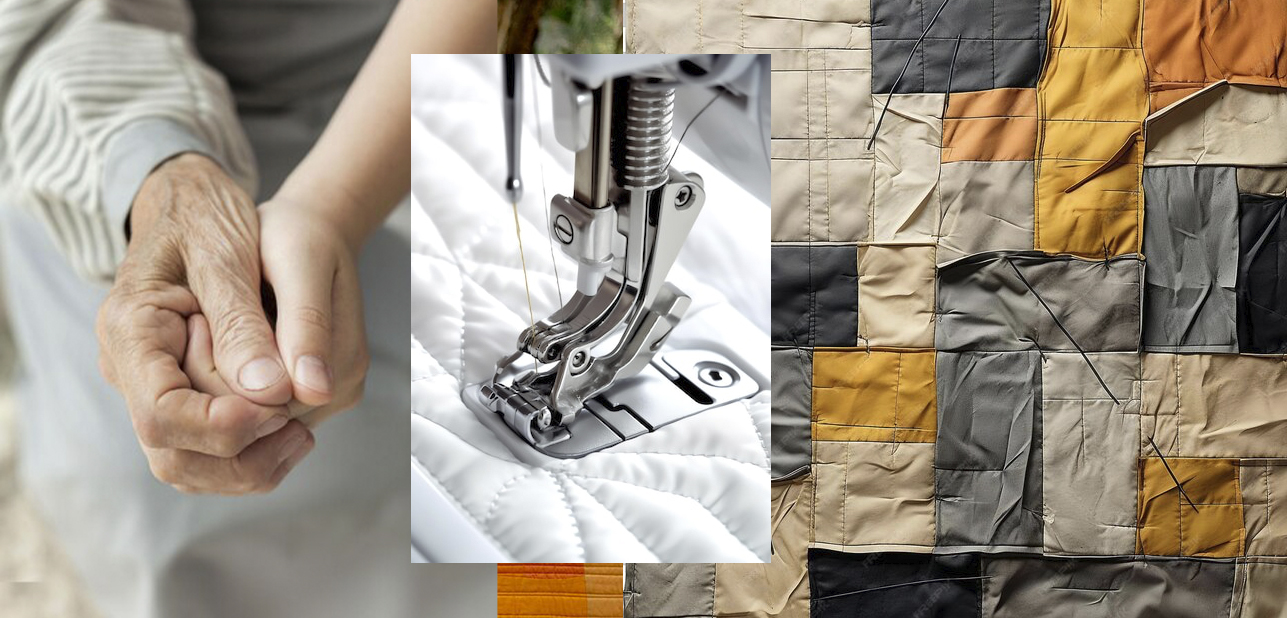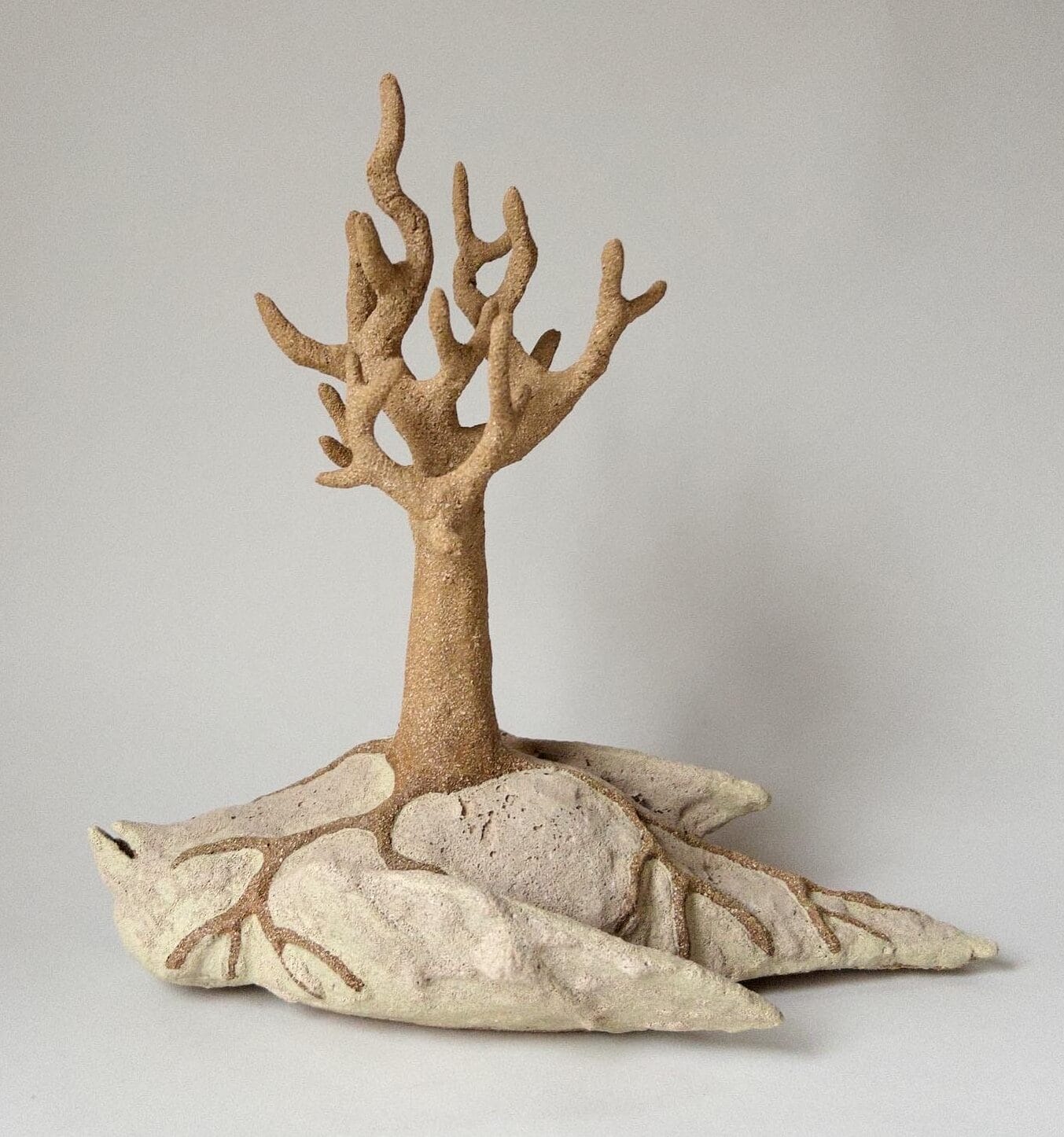How Craftsmanship Can Foster Creativity and Innovation in Work Environments

Understanding Craftsmanship in Modern Workplaces
As organizations confront a whirlwind of change and constant technological advancement, the inherent value of craftsmanship emerges as a crucial element that can redefine workplace dynamics. Far from being a relic of the past, the meticulous art of creating with great attention to detail is becoming increasingly relevant in enhancing creativity and innovation within teams. When craftsmanship is embraced, it doesn’t just improve the quality of the output; it cultivates an environment where innovative thinking can flourish.
Building Skills through Craftsmanship
One of the most significant benefits of fostering craftsmanship in the workplace is the development of unique skills. When employees take time to master their techniques, they cultivate a depth of expertise that not only enhances their work quality but also contributes to personal fulfillment. For instance, think about a skilled graphic designer who spends hours perfecting their craft; their attention to detail can result in striking visuals that resonate with an audience. This level of dedication can lead to expertise that differentiates them in a competitive job market, underscoring the long-term advantages of investing in craftsmanship.
Encouraging Experimentation
Cultivating a craftsman’s mentality also encourages a culture of experimentation and risk-taking, essential factors for innovation. In a hands-on environment, employees feel empowered to engage in trial and error, exploring uncharted territories without fear of failure. For instance, tech firms like IDEO promote design thinking, where teams rapidly prototype solutions, learn from missteps, and build on successes. This iterative process has led to breakthrough products and paves the way for the next generation of ideas. The freedom to experiment fosters a mindset of learning—an invaluable asset in today’s swiftly changing work landscape.
Enhancing Collaboration in Teams
The collaborative aspect of craftsmanship cannot be overlooked. When team projects center around a shared commitment to quality and innovation, they can significantly strengthen bonds among colleagues. For example, companies like Zappos are known for their strong culture and teamwork, often resulting in unique collaborative projects that merge creativity with functionality. This sense of teamwork not only enhances the creative process but also ensures that diverse perspectives are integrated into the final product, leading to richer outcomes.
Many organizations are beginning to recognize these benefits and actively seek to integrate craftsmanship into their operational strategies. Giants such as Apple and Google provide shining examples, where a balance between meticulous technique and boundless creativity fosters an environment ripe for groundbreaking products. This commitment to craftsmanship motivates employees, resulting in a workforce that is not only skilled but also passionate about their contributions.
By tapping into the roots of craftsmanship, businesses can uncover fresh insights and innovative solutions. This approach supports a collaborative ecosystem where ideas are shared, creativity is nurtured, and innovation thrives, ultimately benefiting not only the organization but also the workforce as a whole. As we move forward, embracing craftsmanship could very well be the key to unlocking the true potential of modern work environments.
DIVE DEEPER: Click here to discover more
Craftsmanship as a Catalyst for Greater Engagement
In a world where many jobs often feel routine and impersonal, craftsmanship emerges as a powerful avenue for enhancing employee engagement. When workers are encouraged to embrace their craft, they invest not only more time but also greater emotional commitment to their work. This deep-seated connection may be the difference between a disengaged employee merely clocking in hours and one who is enthusiastic, bringing innovative ideas to the table.
Craftsmanship allows individuals to elevate their work from mere tasks to expressions of artistry and passion. Companies that understand this dynamic recognize that engaged employees contribute more than just labor; they infuse creativity and inspiration into their roles. Brands like Patagonia exemplify this ethos, where employees are not only knowledgeable about sustainable practices but also deeply committed to the company’s mission, translating their passion into innovative sustainable products that resonate with consumers.
Creating a Sense of Ownership
When employees take pride in their craftsmanship, they develop a sense of ownership over their work. This ownership fosters an environment where individuals take initiative and feel empowered to innovate. Unlike traditional workplace settings that impose strict boundaries and roles, a craftsmanship-focused approach encourages freedom—freedom to explore new ideas, experiment with untested methods, and ultimately carve out a personalized path towards success.
- Encouragement of Personal Expression: Employees can merge their unique skills with company goals, enabling a richer creative output.
- Increased Accountability: Owning one’s processes heightens responsibility, often resulting in improved quality and innovative solutions.
- Shared Success: Employees value collective accomplishments, feeling more invested in the overall mission of the organization.
Take, for instance, a software development team that embraces craftsmanship by prioritizing clean coding practices. In such an environment, developers feel a sense of pride in writing code that not only functions but also stands the test of time. This dedication transcends code quality; it promotes a culture where innovative solutions are generated from within the team. By fostering an internal craft, they create an energetic atmosphere that drives both collaboration and breakthrough ideas.
Promoting a Culture of Lifelong Learning
Another critical aspect of integrating craftsmanship into work environments is the promotion of a lifelong learning culture. As technologies and industries evolve, the need to continually hone one’s craft becomes essential. Companies can facilitate this by offering resources, tools, and workshops focused on enhancing skills and crafts. For instance, Google provides its employees with access to various courses aimed at furthering their professional development. Employees equipped with new knowledge and skills not only feel more valued but also bring fresh perspectives and ideas to their teams.
Ultimately, as organizations adapt to the rapid movements of contemporary work dynamics, they must not underestimate the potential of craftsmanship to engage and inspire their workforce. By weaving artistry into the fabric of everyday tasks, companies can harness the hidden potential of their employees, leading to robust creativity and unparalleled innovation.
Craftsmanship as a Catalyst for Collaboration
Craftsmanship not only emphasizes individual skill but also promotes a culture of collaboration. In innovative work environments, the act of creating something by hand can lead to spontaneous discussions and idea exchanges among team members. When individuals engage in a craft, they often share techniques, provide feedback, and inspire each other. This camaraderie can enhance team dynamics, leading to a more cohesive group that feels comfortable with sharing innovative ideas.The focus on craftsmanship creates a sense of community; employees feel proud of their contributions and are more likely to invest themselves emotionally in their work. A study by the University of California, Santa Barbara, emphasizes that group engagement in creative tasks not only boosts morale but also leads to unique solutions emerging from collective inputs. Therefore, fostering craftsmanship within teams invites diverse perspectives, ultimately resulting in groundbreaking innovations.
The Role of Skill Mastery and Innovation
Skill mastery is another pivotal aspect of how craftsmanship can enhance creativity in the workplace. As individuals improve their craft, they not only refine their abilities but also discover new techniques, materials, and methods that can be applied to their projects. This ongoing learning process stimulates innovative thinking. Work environments that encourage skill development enable employees to experiment boldly, take calculated risks, and embrace failure as part of the creative journey.Moreover, when workers see their skills progress, their intrinsic motivation increases. According to psychologist Dr. Carol Dweck, having a growth mindset fosters resilience and an eagerness to tackle challenges. In this way, craftsmanship creates not only the opportunity for innovation but also a culture of continuous improvement.
Integrating Traditional Techniques with Modern Technology
One of the brilliant aspects of craftsmanship is its ability to blend traditional techniques with modern technology. In contemporary work environments, many organizations are leveraging digital fabrication tools alongside handmade practices. For instance, 3D printing can be seamlessly integrated into traditional woodworking or metalworking processes. This fusion of old and new allows for enhanced creativity as employees can prototype their ideas more effectively and iterate on designs swiftly. Such integration encourages life-long learners, sparking interest in various disciplines and promoting cross-disciplinary collaboration. The result is a dynamic workspace where creativity and innovation thrive, as team members are equipped with both historical context and cutting-edge technology to forge new paths in their industries.
| Category 1 | Category 2 |
|---|---|
| Collaborative Craftsmanship | Encourages open communication and exchange of ideas, enhancing team dynamics. |
| Skill Mastery | Fosters innovation as employees bravely experiment and embrace learning. |
By understanding the multifaceted roles that craftsmanship plays in fostering creativity and innovation, organizations can create enriched work environments that inspire and empower employees to elevate their work experience while driving progress.
DISCOVER MORE: Click here to dive into the art of landscape photography
Fostering Collaboration and Community through Craftsmanship
A thriving workplace is not only defined by individual creativity; it’s also heavily influenced by the collaboration that emerges from a shared commitment to craftsmanship. When employees embrace their crafts, they naturally gravitate towards like-minded colleagues, creating a sense of community that can lead to innovative breakthroughs. These interactions foster an environment where diverse perspectives are valued, and teamwork becomes a catalyst for creativity.
For example, consider the design studios of Pixar. Their culture thrives on the idea of collaboration and shared creativity where every team member—from animators to sound engineers—contributes their unique craftsmanship. This collaborative spirit breaks down silos, allowing ideas to flow freely, resulting in movies that push creative boundaries. The magic of Pixar is not merely the stories they tell but the community they cultivate, which encourages employees to innovate as a unified force.
Cross-Disciplinary Inspiration
Craftsmanship also facilitates cross-disciplinary inspiration, where skills and ideas from one domain can invigorate another. In innovative workplaces, individuals are encouraged to explore their talents outside of their immediate job scope, creating a melting pot of ideas. This cross-pollination often leads to unexpected “eureka” moments that can redefine projects and processes.
- Promoting Diverse Skill Sets: Employees who are encouraged to delve into various crafts can merge techniques; a graphic designer collaborating with a software developer, for example, can innovate interfaces that are both visually stunning and user-friendly.
- Creating Synergies: Joint projects between departments can lead to hybrid solutions, such as combining marketing insights with technical expertise to create products that resonate more deeply with consumers.
- Workshops and Collaborative Sessions: Formalized avenues for collaboration, such as hackathons or cross-training workshops, not only encourage craftsmanship but also lead to collective problem-solving that enhances quality and innovation.
Take the case of the automotive industry, where design and engineering teams often hold joint brainstorming sessions. Companies like Tesla have successfully integrated craftsmanship from various specialties, fostering a stream of inventive ideas that fuel product innovation, from electric vehicle technology to sustainable manufacturing practices.
Enhanced Problem-Solving Abilities
Another significant advantage of cultivating craftsmanship in work environments is the improvement in problem-solving abilities. When employees genuinely care about their craftsmanship, they approach challenges with a mindset focused on finding creative solutions rather than merely adhering to established protocols. In these environments, employees become adept at diagnosing issues and experimenting with dynamic, innovative approaches.
For instance, a medical device company known for its craftsmanship encourages engineers to tinker with prototypes in their spare time. This culture of exploration leads to new features or designs that enhance the usability and functionality of their medical products, ultimately resulting in better patient care. By empowering employees to solve problems through their craft, organizations tap into a wellspring of creativity that could redefine entire industries.
By sewing together craftsmanship and collaboration, organizations can create a fertile ground for innovation. The fabric of creativity thrives in environments where collective ideation, cross-disciplinary inspirations, and proactive problem-solving are not just encouraged but celebrated.
DIVE DEEPER: Click here to discover delicious dishes inspired by your favorite films and books
Conclusion
In an era where creativity and innovation are paramount to staying competitive, the role of craftsmanship in work environments cannot be overstated. By fostering an atmosphere that values individual talents and promotes collaborative efforts, organizations can unlock a treasure trove of creative potential. The significance of crafting a shared culture—where teamwork thrives and diverse skill sets are celebrated—creates a rich tapestry of ideas that challenges conventional thinking. The examples set by companies like Pixar and Tesla illustrate that it is not merely the end product that defines success, but the vibrant community nurtured through collective craftsmanship.
The intertwining of craftsmanship with cross-disciplinary inspiration encourages disruptive thinking and problem-solving abilities that can transform industries. When employees engage with their crafts and explore synergies across various fields, they contribute to a dynamic ecosystem where innovation flourishes. Furthermore, as organizations embrace this holistic approach, they discover that equipping teams with the freedom to tinker, collaborate, and creatively confront challenges significantly boosts overall productivity and job satisfaction.
As we move forward, workplaces committed to integrating craftsmanship into their core values will not only foster creativity but will also pave the way for a new era of innovation. Companies that recognize and invest in the power of craftsmanship as a driver of creativity stand to not only enhance their operations but also enrich the employee experience. In this way, craftsmanship transcends mere skill—becoming the very essence of a creative and innovative workplace.


